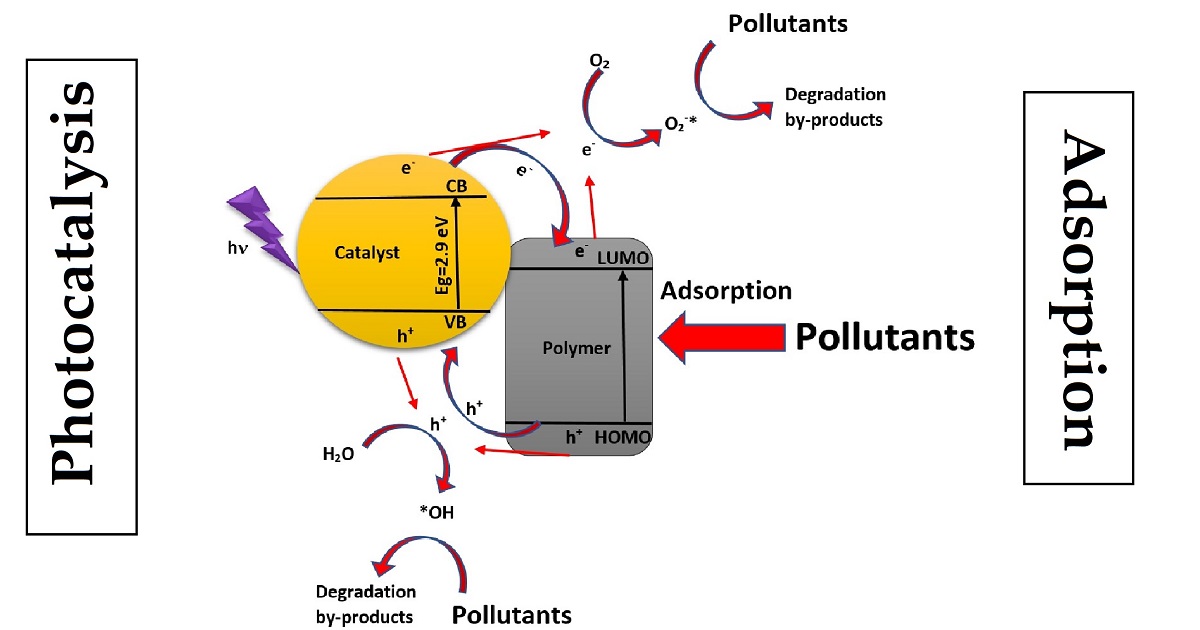- 3.4Impact Factor
- 4.9CiteScore
- 30 daysTime to First Decision
Hybrid Materials and Their Uses in Water Treatment, Desalination and Reuse
Special Issue Information
Dear Colleagues,
Recently, water purification, sanitation and reuse of polluted wastewater have become worldwide critical problems according to the 2030 Sustainable Development Goals. With current levels of industrial and urbanization expansion, avoiding organic pollutants and toxic heavy metals from poisoning water is particularly challenging. As a result, new effective water and wastewater treatment technologies are necessary. There are a variety of effective techniques capable to achieve efficient results regarding treated water quality, treatment time, energy consumption and sustainability requirements. However, aspects like treatment duration and energy usage must be improved. During the last decade, much research has been published on combining processes. For example, the combination of photocatalysis with other techniques using many hybrid materials has shown considerable promise in organic pollutant degradation, inorganic pollutant reduction, and/or microbiological inactivation. The main topic of this Special Issue (SI) will be investigating novel hybrid materials, with a focus on their application in water and wastewater treatment. An essential study track that is urged to be included in this SI is the assessment of the chemical, physical, and morphological properties of hybrid materials and their optimization using various research instruments, as well as the feasibility and efficiency of suggested solutions.
Potential topics include, but are not limited to:
- Advanced wastewater technologies.
- Combined processes for water treatment and purification.
- Nanomaterials and catalysts.Adsorbents coupled with catalysts.
- Adsorption and photocatalysis.
- Degradation and reduction of organic and inorganic pollutants.
- Organic/Inorganic materials.
- Coagulation, Flocculation, Fenton, Plasma and Ozonation.
- Water treatment and desalination.
Dr. Oussama Baaloudj
Dr. Ahmed K. Badawi
Dr. Muhammad Usman
Guest Editors
Manuscript Submission Information
Manuscripts should be submitted online at www.mdpi.com by registering and logging in to this website. Once you are registered, click here to go to the submission form. Manuscripts can be submitted until the deadline. All submissions that pass pre-check are peer-reviewed. Accepted papers will be published continuously in the journal (as soon as accepted) and will be listed together on the special issue website. Research articles, review articles as well as short communications are invited. For planned papers, a title and short abstract (about 100 words) can be sent to the Editorial Office for announcement on this website.
Submitted manuscripts should not have been published previously, nor be under consideration for publication elsewhere (except conference proceedings papers). All manuscripts are thoroughly refereed through a single-blind peer-review process. A guide for authors and other relevant information for submission of manuscripts is available on the Instructions for Authors page. ChemEngineering is an international peer-reviewed open access semimonthly journal published by MDPI.
Please visit the Instructions for Authors page before submitting a manuscript. The Article Processing Charge (APC) for publication in this open access journal is 1600 CHF (Swiss Francs). Submitted papers should be well formatted and use good English. Authors may use MDPI's English editing service prior to publication or during author revisions.
Keywords
- hybrid materials
- materials characterization
- combined systems
- environment
- water treatment and management
- water engineering
- advanced oxidation processes
- photocatalysis
- adsorption
- desalination
- sustainability

Benefits of Publishing in a Special Issue
- Ease of navigation: Grouping papers by topic helps scholars navigate broad scope journals more efficiently.
- Greater discoverability: Special Issues support the reach and impact of scientific research. Articles in Special Issues are more discoverable and cited more frequently.
- Expansion of research network: Special Issues facilitate connections among authors, fostering scientific collaborations.
- External promotion: Articles in Special Issues are often promoted through the journal's social media, increasing their visibility.
- e-Book format: Special Issues with more than 10 articles can be published as dedicated e-books, ensuring wide and rapid dissemination.

